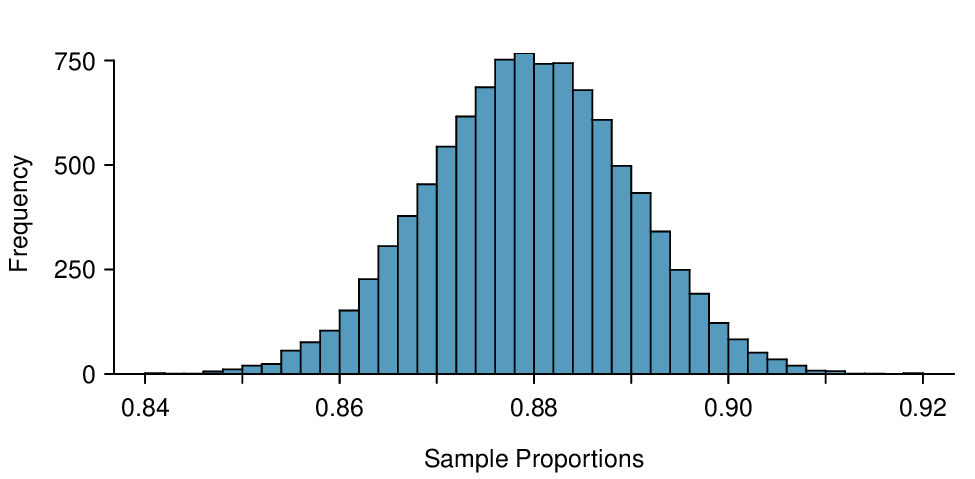Objectives: Learning objectives
- Explain the difference between probability and inference and identify when to use which one.
- Understand the purpose and use of a point estimate.
- Understand how to measure the variability/error in a point estimate.
- Recognize the relationship between the standard error of a point estimate and the standard deviation of a sample statistic.
- Understand how changing the sample size affects the variability/error in a point estimate.


